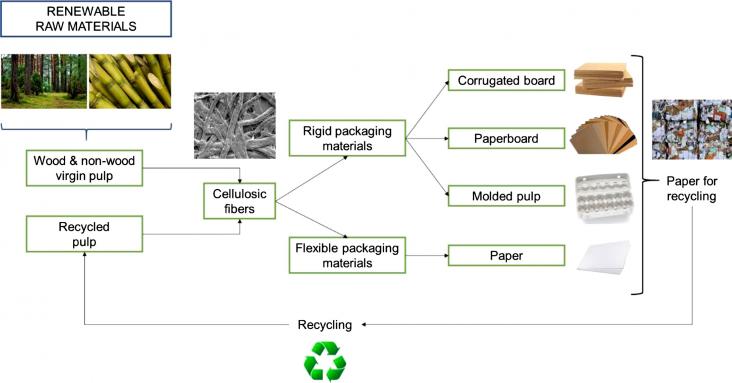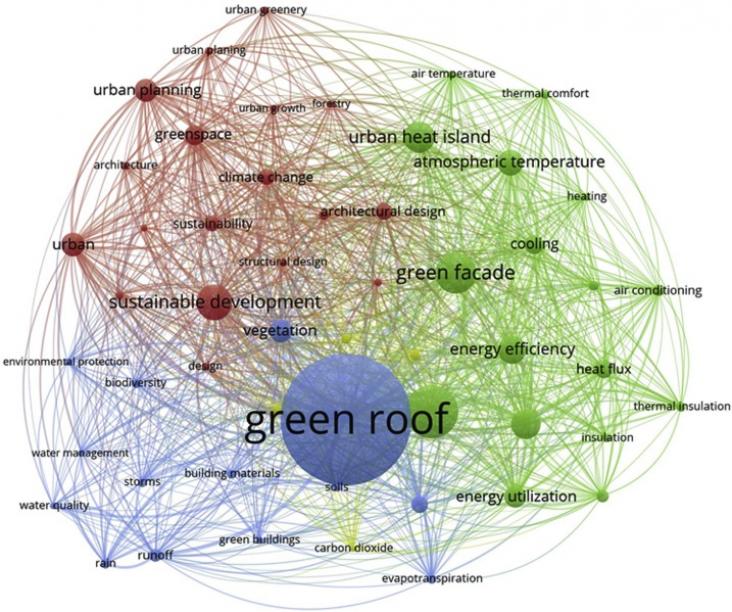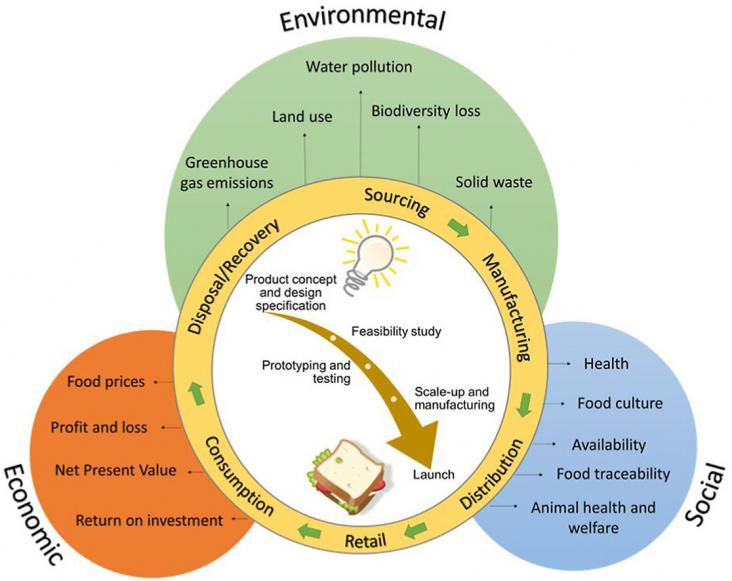Circular bioeconomy has a big role to play in goals towards cleaner energy and more sustainable industrial practices. In addition, the carbon capture opportunities it offers holds promise for supporting climate goals. This book chapter advances SDGs 7, 9 and 13.
This chapter aligns with Goal 2: Zero Hunger, Goal 3: Good Health and Wellbeing, and Goal 13: Climate Action by exploring how extreme flooding has significant implications for local, regional, and national populations, particularly regarding agriculture and food supply.
This book chapter advances SDGs 13, 12 and 15 by discussing climate change and its causes and effects on water resources and implications for adaptation.
Background: nationally determined contributions (NDCs) serve to meet the goals of the Paris Agreement of staying “well below 2°C”, which could also yield substantial health co-benefits in the process.
This book chapter addresses SDG 13 by explaining how to build a climate-resilient agriculture system.
This chapter advances SDG 6 by presenting major challenges and opportunities concerning groundwater utilization and climate sustainability.
Pollens are a major cause of seasonal allergic diseases. Weather may alter the production of pollens.

This short communication describes the climate change impacts of using cellulose, and more precisely cellulosic fiber-based materials, in food packaging, representing current and emerging industrial s

This study presents a critical review analysis of greenery systems research through a bibliometric approach.

The food industry is responsible for significant impacts on the environment, such as climate change, water depletion and land use.
